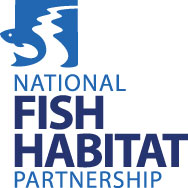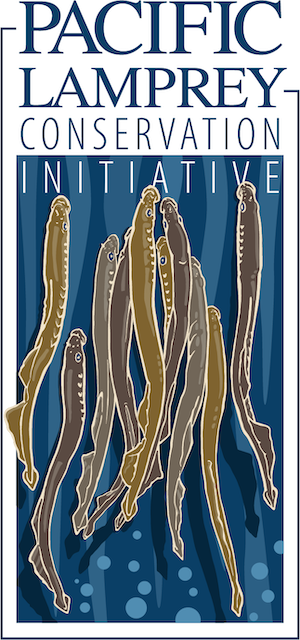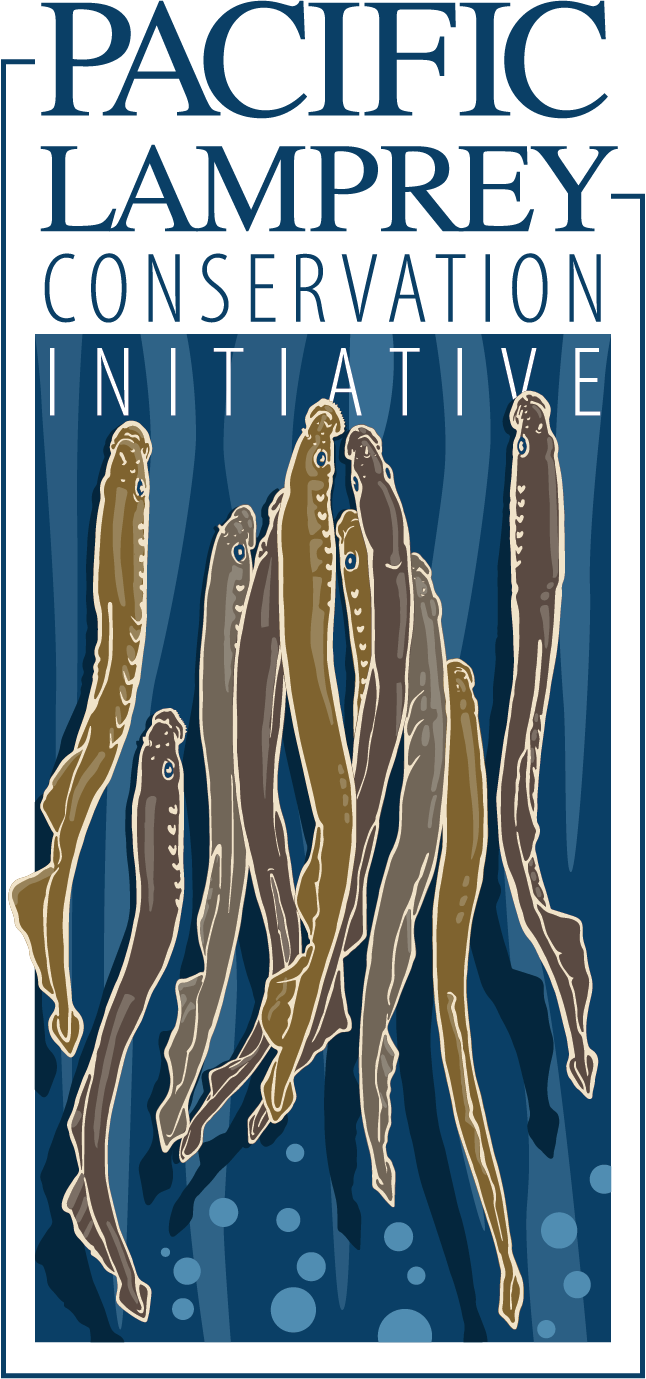Funding
Freshwaters Illustrated
Funding Pacific Lamprey Conservation
PLCI is supported by two dedicated project funding sources: Bonneville Power Administration’s (BPA) PLCI Columbia River Basin Projects and National Fish Habitat Partnership (NFHP) project funding.
The guidelines pertaining to each funding opportunity can be found below on this page. Additionally, PLCI will continue to keep all unfunded proposals on hand for consideration if/when other funding sources become available. As in years past, PLCI will continue to recommend the top-ranking proposals for funding from all eligible RMUs to the appropriate funding source for their consideration.
Each year, the Pacific Lamprey Conservation Initiative’s (PLCI) Regional Management Units (RMUs) meet to revisit, and when necessary, revise their Regional Implementation Plans (RIPs). These RIPs summarize the status and threats to Pacific Lamprey and identify projects (e.g., habitat restoration, passage improvements, research, outreach and education, etc.) needed to address threats to and/or information needs for Pacific Lamprey and their habitats. The purpose of this process is to encourage communication and collaboration among partners, facilitate access to funding, and support the development and implementation of high-priority restoration and research projects that directly benefit Pacific Lamprey throughout their historical range in the United States.
In past years, project proposal solicitation has occurred solely in the RMU meetings, through the RIP process. Beginning in 2022, PLCI now issues two, annual RFPs outside of the RMU/RIP process.
Even though the solicitation process has changed, collaborative discussions and project development within the RMUs are still highly encouraged and all project proposals will be required to demonstrate which and how threats relative to the RMUs where the project would occur are addressed.
PLCI/NFHP FY25 Request for Proposals is now closed. Please subscribe to our newsletter to recieve future funding announcements.


©2022 Pacific Lamprey Conservation Initiative
